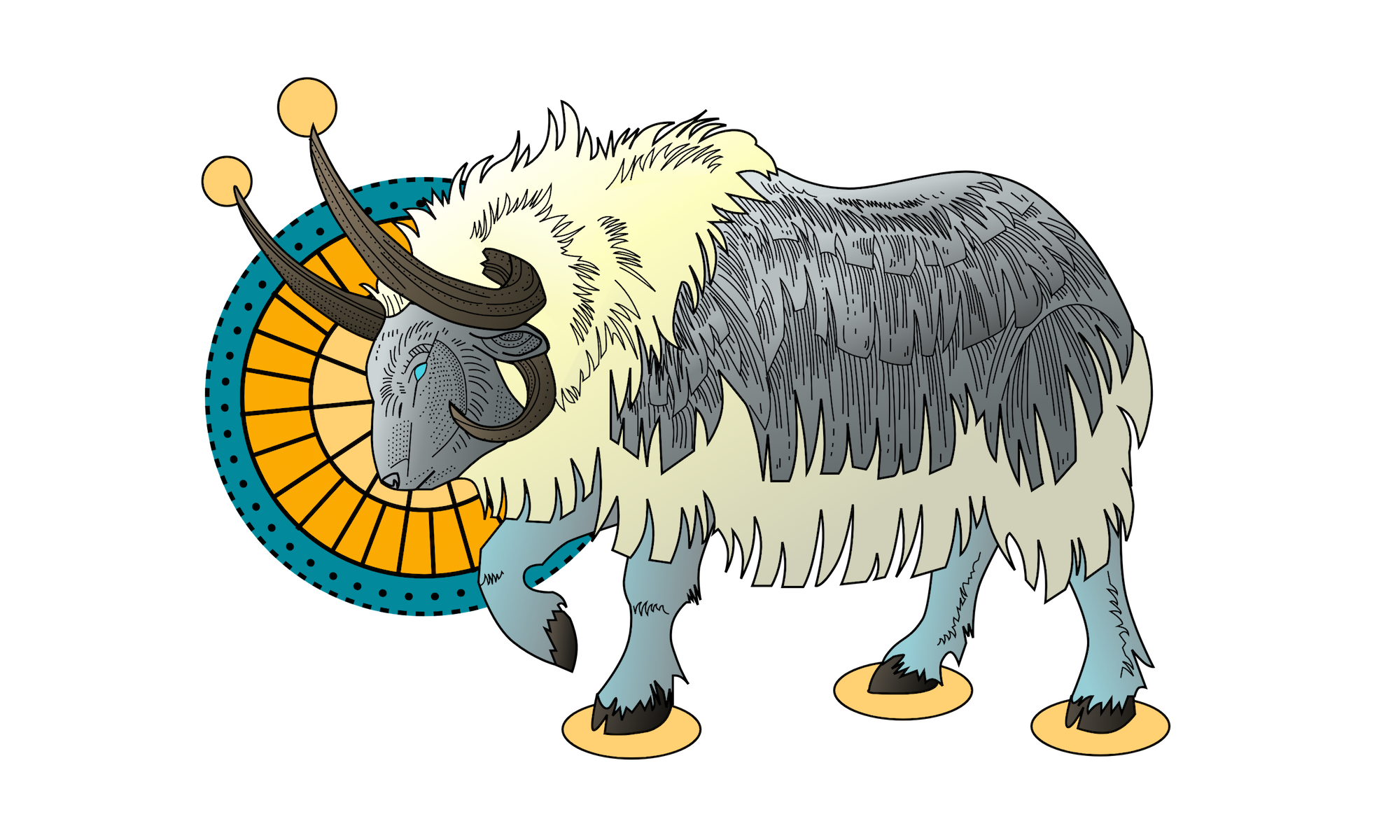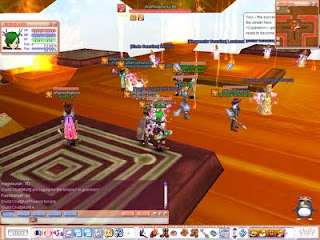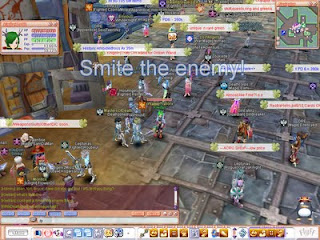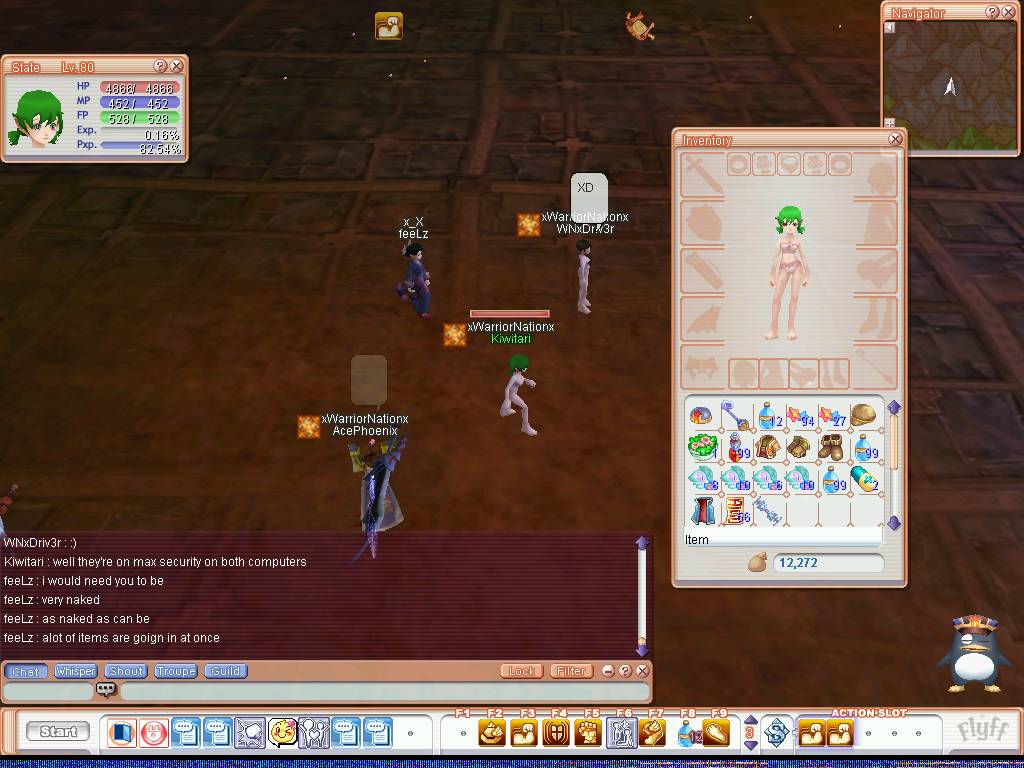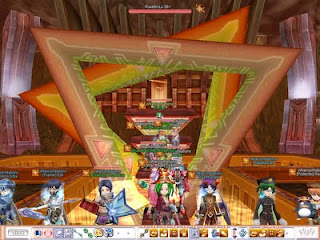I started out my MMOing career with free-to-play games, commonly abbreviated as f2p. Actually, it probably went more like chat rooms -> Neopets -> free MMOs, but I’m not here to talk about internet creepers or angel paintbrushes. I think I started playing MMOs about a year before WoW came out, and then well into the first two years of its existence. The last two years of high school were spent with my face buried in a CRT monitor, burning away six to eight hours a day grinding in these games (high school is a weird time for most people). Thanks to that, I’d like to think I know (or knew) a bit about hardcore f2p MMOs.
The two games I spent most of my time player were R.O.S.E and FlyFF, which were acronyms for Rush On Seven Episodes (no, this title never manages to make sense… there were supposed to be seven planets so I think that’s what they were going for) and Fly For Fun, respectively. I tried out more than two MMOs, but those two are the ones that ate most of my free time in high school. It was quite a common thing in the f2p community to try out a new game every month or so, although before long you would always return to your staple MMOs that housed your friends.
Now that I look back after playing WoW for years, I can’t understand what drew me to these games. Nearly all of the f2p games I tried were horribly designed, grindy affairs with no more than ten quests in the entire game. There weren’t really any bosses, at least not in the way WoW players understand them. Flyff did have one boss that required a group of high level players (or 2 even higher level players) to be defeated. That guy’s name was Clockworks. I actually spent 12 hours fighting him once, because all of my raid except for me + another got disconnected and kicked out of the boss room. Clockworks could only be summoned once in your guild’s lifetime, which inevitably led to players recreating guilds constantly (at least there was a three-day cooldown on joining guilds). There were also larger versions of the regular mobs that were loot pinatas. Clockworks was the only mob with special abilities.
In all f2p games I’ve experienced, there were no level caps that the players were aware of (in some cases there was a level cap, but no one could reach it). You just cleared spawn points until mobs stopped giving experience. If the game ran out of level appropriate mobs to grind, well you just grinded the highest level ones and your experience gain shifted to a near-logarithmic scale. These games were designed under a very old-school philosophy — that a game should take up as much of your time as possible. WoW subscribed to this philosophy in the vanilla days; at least they filled that time with something mildly interesting or engaging.
What amazes me today is that people still play these games. I’m not talking about just f2p MMOs in general, of course people still play those. People still play these seven year old games that had no effective game design or unique features. I imagine they stay there for the friends, or maybe (as was my case) it’s just another instance of Plato’s Cave. As a longtime veteran of free-to-play MMOs, I just couldn’t imagine the quality available in pay-to-play MMOs out there. Through my years of playing WoW, I’ve learned that there are some awesome traits that we should not take for granted.
(Below there be ramblings and reminiscings.)
Story Is Awesome
My first exposure to WoW was in a dorm room, watching one of my friends raid Ragnaros. I asked what the red words meant, and he explained that Ragnaros was yelling at his group. My eyes grew wide as he handed me the headset.
The NPCs have voice acting?! They have personalities, and you have motives for getting rid of them?!
When I finally created my own account, I was amazed that there were quests for everything. You could get from 1 to 60 by questing. The f2p MMOs I played had a handful of quests, but the majority of your leveling consisted of mindlessly killing the same monsters over and over again.
This world is more than just static mob spawn points? Gameplay is broken up into more than just levels?
The questing in WoW was a beautiful thing, even it it was just “kill 10 plainstriders”, at least you had a guide and a story to follow. Most people never had to sit in one spot for days tabbing through enemies if they wanted to level (I know some people do or have done this, but you don’t have to).
Beyond the questing, WoW has really intense and detailed lore. Most of that is due to the RTS games that preceded the MMO. No matter how many overused fantasy tropes and inconsistencies WoW is guilty of employing, a story-driven MMO is a beautiful thing.
All of the f2p MMOs in my past had one thing in common: the cookie cutter background story. The world always started with a group of gods and goddesses. Then some big bad, bad guy (usually one of the gods turned evil) shows up and for some reason wants to cause chaos. So to protect the world, the gods created thousands of Mary-Sue heros (that’s you!) to save the day. Then the lore ended. Quests didn’t continue story, mobs weren’t related to it. It’s uncanny how similar the stories of all these MMOs were; so many of the games I’ve come across followed this archetype. I’m sure the problems with the stories are in part due to translation errors, but all the translation errors in the world can’t explain why the lore was always the same.
From the original description of Flyff:
Simultaneously, to bring happiness to the race of human, the Gods created Comedian-Clown. The Comedian Clown became enraged about bringing happiness to the race of Human and split its personality into three identities; Imagination Ipuli, Shadow Shield and Chromospheres Bobor. Under the initiation of the evil Shadow Shield, the main body-Imagination Ipuli not only chased away the kind Chromospheres Bobor, but also created numerous Human attacking monsters. These monsters took away the revolution-genesis-gear of the race dwarf and developed a new Mainland; a mainland that was angrier, stronger and prepared to destroy the race of Human.
O.o yeah….
Money Sinks Are Necessary Parts of an MMO Economy
This one drives me crazy. I see too many people complaining about repair costs or 1000g vendor items. They don’t realize these gold sinks are necessary for a healthy game economy. To compare, in f2p MMOs, gold sinks didn’t exist. Gold was constantly being created from all the players farming a respawnable resource (mobs), and never leaving the economy. This led to hyper-inflation. The price of one in-demand item would double in a week, quadruple in a week and a half. If you took a break from the game, you wouldn’t be able to afford anything whenever you returned. Players would continue to create more money, but there was no place for that money to go besides to other players.
To put it in real world terms, this is like the US Treasury printing more money and expecting that to help out the economy (spoiler: it doesn’t, it just devalues the current dollar). With WoW’s money sinks, there is a place for gold to permanently leave the economy, keeping the value of gold relatively intact, and offsetting the gold created. To put this scenario in real world terms, this is like the US Treasury printing money but also destroying older bills to compensate. The net change is close to zero. NPC items and services that cost gold are keeping the WoW economy in check.
Cash Shops Are Lame
“Cash Shop” is what they were called in the f2p world, though it seems modern MMOs like to call them “microtransactions”. This is one of the reasons why I’m so cautious of the BattleNet store. It’s nothing to be afraid of yet, but yeah, slippery slope, humans marrying robots or something like that.
Actually, the BattleNet store does a few things very right.
- It costs real currency. You don’t have to buy the game company’s pseudo-currency. Pseudo-currency, like Microsoft Points or Gpotatoes (that was Flyff’s currency), mask the actual value of the item. This is just a shady business practice in my opinion; it makes the customer’s financial limits harder to evaluate. (I want to buy this item at 800 GPotatoes. How much real money is 800 Gpotatoes? Well I guess I have to buy this 1500 GPotato package for $17.50.
- The items aren’t necessary. Flyff had a market for vanity items, but it also sold ingame items that increased your experience gain for an hour, reduced the amount of experience you lost when you died, or protected your gear from failed enchants (you could enchant an item up to 10 times, and if an enchant failed it would destroy the item). These were always in high demand, and it was very hard to be competitive without purchasing these items.
- Blizzard does not release a huge amount of content in their store. Every few months they put a new mount or two new pets up for sale. In a f2p game, every few weeks they would unleash a fresh wave of new dress colors. It was an excuse to not deliver real content. Why should they develop real content, when it’s much more cost effective to create a handful of new skins and sell those? Imagine if every patch in WoW was nothing more than a few additions to the BattleNet store, no new content or class balancing, just another cute animal to follow you around.
- BattleNet microtransaction items cannot be sold ingame. In Flyff, a major driving force for those who frequented the cash shop was selling those items ingame for gold. In Flyff (and if the stories I hear about Facebook games are true), this was a hotspot for kids who had not established a value for real world money. There were a handful of children who got ahold of their parents’ credit cards and used them to buy hundreds of dollars of cash shop items just to sell ingame. Scams and hacking were common, and when real money is involved, the stakes only get higher.
Appearance Tabs Are Not All They’re Cracked Up to Be
These days, more and more players are begging for an appearance tab in WoW; something to hide your current gear under a much cooler looking exterior. I’m not totally against appearance tabs (most of the time I would absolutely love them, have you see what a feral druid looks like in rogue gear?), but they do have some flaws that were apparent in f2p MMOs. Vanity gear was available in the cash shop, things like dresses and tuxedos and sunglasses. By themselves, those were actually fun. However, there is something important about your character’s visual progression. In WoW, you hit the level cap at 85, but you still feel like your character is improving because every once in a while your appearance changes. Visual progression is an important part of game design, but an improperly implemented appearance tab strips that element away. Sure, you can turn it off for a bit and show everyone your new gear, but new gear won’t be as fashionable so you’ll switch back to your tuxedo eventually.
The appearance tab violates another game design rule: the importance of silhouettes and instant recognition. WoW does a very good job of making characters recognizable from a distance. You can tell whether the person a few yards ahead of you is a tauren or a worgen, and you can react appropriately. You can also tell with a glance what gear people are wearing. Is this person a priest or a warrior? Are they wearing PvP gear? For an initial judgement, you don’t have to inspect them. This is especially important in PvP, where knowing what type of gear your opponent wears can change how you fight them and what to expect from them. An appearance tab would take away that extra situational hint.
I’d also be a bit sad to see fashion in WoW, as it did in f2p MMOs. Everyone wanted to get the new fashionable item from the cash shop, and everyone looked the same.
Class Diversity
This is probably another thing I can blame on old school game mechanics, but when I first started WoW I was surprised how different each class felt. They all had their unique mechanics, strengths, and weaknesses. All of the different heal spells were fascinating as well. Flyff and ROSE each only had one heal spell, and the idea of more than one heal blew my mind. What, this heal is a buff that happens over time? what’s going on here?!
Naming Conventions
This is a small thing, but it’s a welcome relief in WoW. WoW requires that the first letter of every names is capitalized and does not allow numbers. The f2p MMOs I played allowed anything. Multiple capital letters, numbers, underscores. It was hideous. You have no idea how many variations of “XxSephirophxX7” or “Br_Inuyasha” I witnessed. I know special characters are annoying in WoW, but it could be so much worse.
Auction Houses
I’m surprised to see that auction houses aren’t standard yet (hello Final Fantasy XIV). Flyff and ROSE both had player created shops that required you to be logged in while your character was turned into a stationary store front. Not only did this drain server capacities (hundreds of people afking but staying logged in), but it killed city latency, made the economy less competitive, and, worst of all, made it hard to find what you were looking for. You had to scout all of the towns, stepping from one afk player to the next, scanning over their wares. You couldn’t easily shop for competitive prices. It was a horrible set up.
Breaking Up the Monotony
There was a point in Flyff where I became so sick of leveling that I just wanted to hang around in cities and chat, or waste time PvPing. But if you wanted to stay ahead of the game, you had to keep grinding. There is something to be said for games that offer multiple ways to change up your play day to day. Even in vanilla WoW, you could choose between quests, instances, battlegrounds, reputations, and just sitting around in town. As a hardcore player nowadays, even I can change up my goals or waste time chatting.
Guild Caps
In Cataclysm, Blizzard actually introduced a guild cap of 1000 members. In ROSE, the guild cap was 12. No missing zeros there, it was 12. Flyff was a little better with a cap of around 30, although you had to level your guild to get to that cap. I was the leader of a guild with around 60 people at its height, and these limits hurt.
Things I Miss: GM-player Relationships
In Flyff, Game Masters were actual characters in the game, only with super powers. You could see them hanging around towns, or spawning creature invasions. You could add them to your friends list, and they could add you to theirs. You could start up a random conversation with one. Of course, GMs could never function that way in a game as big as WoW, but it was fun in small games. I remember when I got hacked (a valuable life lesson for any 18 year old) and all my gear and items were stolen from my character. I contacted a GM and he pulled me and my friends into a private room while he looked through logs trying to find what I was missing. While we waited, he casually talked with us and joked around. It was a surreal experience, and probably one of my favorite gaming memories.
Things I Miss: Being One of the Best
Being a part of a small game community, it’s not hard to be one of the best because there is very little competition. All I had to do in those games was spend a lot of time grinding, I didn’t actually have to be skilled to be respected (there wasn’t a lot of skill required in those games, by any means). Almost everyone knew me as “one of the highest level players of class X, who is a girl and leads one of the biggest guilds”. In WoW, there’s no way you can be recognized so widely for doing so little.
Things I Miss: The International Community
These smaller MMOs being what they are, it wasn’t practical for them to have European servers and North American servers like Blizzard. I dearly miss my Euro friends, the different accents, the varying lifestyles. And how cool was it for a highschooler to say that her best friends were a Brit and a group of Dutchies.
